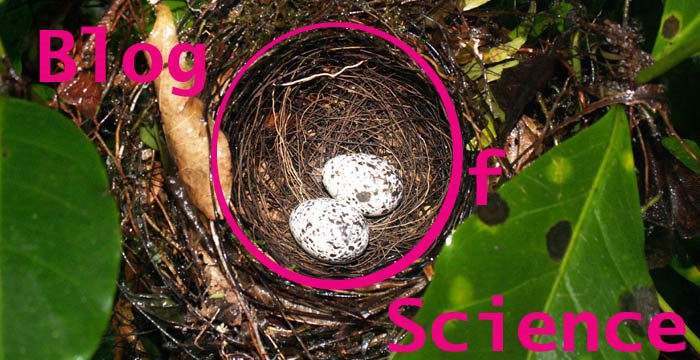If you want to know if a parthenogenetic pea aphid is all done reproducing, look at her abdomen. If there are eyespots, she still has embryos in her. If not, she's done. If she is post-reproductive, she's likely to move to the edge of the colony, where risk of predator attack is highest. Details are here, in a paper written with some very talented undergraduates at Bates College.
Showing posts with label post-reproduction. Show all posts
Showing posts with label post-reproduction. Show all posts
Thursday, November 17, 2016
Friday, March 27, 2015
Old pea aphids
You are a post-reproductive pea aphid. You have spent a
long and happy life sucking the juices out of a pea plant. As the plant has
grown, so has your large and clonal family, who you love as you love yourself,
because genetically they are self. You were born with all your daughters
already developing in your ovaries, and now the last one is out, and already
reproducing, and what are you going to do with yourself? You may be only
halfway thorough your lifespan. What to do with the remaining weeks? Pompano
Beach is out, too many insecticides.
The obvious answer if you are a natural selection minded
aphid is you'd like to help all the clones of yourself you've created to grow
fast, live long and reproduce a lot. But how? Reproductive adults contribute
more to the growth of the colony than do the young'uns, so throughout your
reproductive lifespan, you've tried hard to stay at the center of the colony,
where there is a touch of protection from predators. So maybe now you should
move to the edge? If a hungry predator comes along, you can martyr yourself for
the good of the clone. You don't have any chemical defenses or strong sharp
pokey bits, and your kick is frankly rather unimpressive, but maybe if the
predator eats you, it will allow time for your great-great-grandkids to escape,
or at least make the predator full enough that it eats fewer of them. And
maybe, just maybe, when that predator comes, you will be brave enough to just
stay put and get eaten for the team.
Or perhaps rather than just sitting around waiting to get
eaten, you can help to feed the family? Aphids suck sap, so if you could either
put some chemical into the plant, or create enough suction, you could
stimulates flow to that part of the plant where your family resides. Your young
might grow faster or start reproducing sooner.
I mean, I don't really know. No post-reproductive aphid has
ever sought my advice before. I'll do some experiments and get back to you.
Key Words
Grandmother Hypothesis,
insects,
kin selection,
post-reproduction
Tuesday, March 17, 2015
Who has an adaptive post-reproductive life-stage?
To establish a case for an adaptive post-reproductive
life-stage, one needs to show (at least) the following things:
(1) Prevalence: Across environments, but especially in a
wild or non-protected environment, the population experiences more
post-reproductive lifespan than is expected due solely to demographic
stochasticity.
(2) Utility: Post-reproductive individuals do something
selectively advantageous, such as helping younger kin to survive or reproduce.
In many cases, one would like to also address
(3) Advantage: Those individuals who become
post-reproductive have a selective advantage over same-age individuals who simply continuing
reproducing indefinitely.
However, this third is more complicated, because in many
cases there are no individuals who fail to stop reproducing to compare to. For
example, 55 year old women giving birth are rare and not easily compared to
those who stopped at a more usual time. So testing (3) requires extrapolation
and counter-factuals. This assumes that if continuing to reproduce past the
current age of cessation were selectively advantageous, that the species'
reproductive physiology would allow for it. In many cases, theoretically
advantageous traits simply don't exist in the population, and therefore cannot
be selected for. If the choice is not between ceasing reproducing or
continuing, but rather between ceasing and being useful or ceasing and not
being useful, useful wins.
So we are left with basically two fairly simple tests to
make decent case an adaptive post-reproductive life-stage. And after some
decades of interest in the evolution of post-reproductive lifespan, for how
many species has this case been convincingly made? By my count, three. Humans,
orcas and a gall-forming social aphid, Quadrartus
yoshinomiyai. There are several other likely candidates. Short-finned pilot
whales, and possibly other social cetaceans. African and Asian elephants. But
I've become very interested in a much more accessible and experimentally
tractable species. It lives in multi-generational groups of (very) closely
related individuals. Individuals play
subtly different roles in the group throughout their lives. Older individuals
stop reproducing and can (assuming no one comes along and kills them) live for
extended periods post-reproductively (on the time scale these things live). You
may have it in your garden.
Any guesses? Later this week I'll give you the answer.
Key Words
EvoDemo,
evolution,
insects,
mammals,
post-reproduction
Subscribe to:
Posts (Atom)


